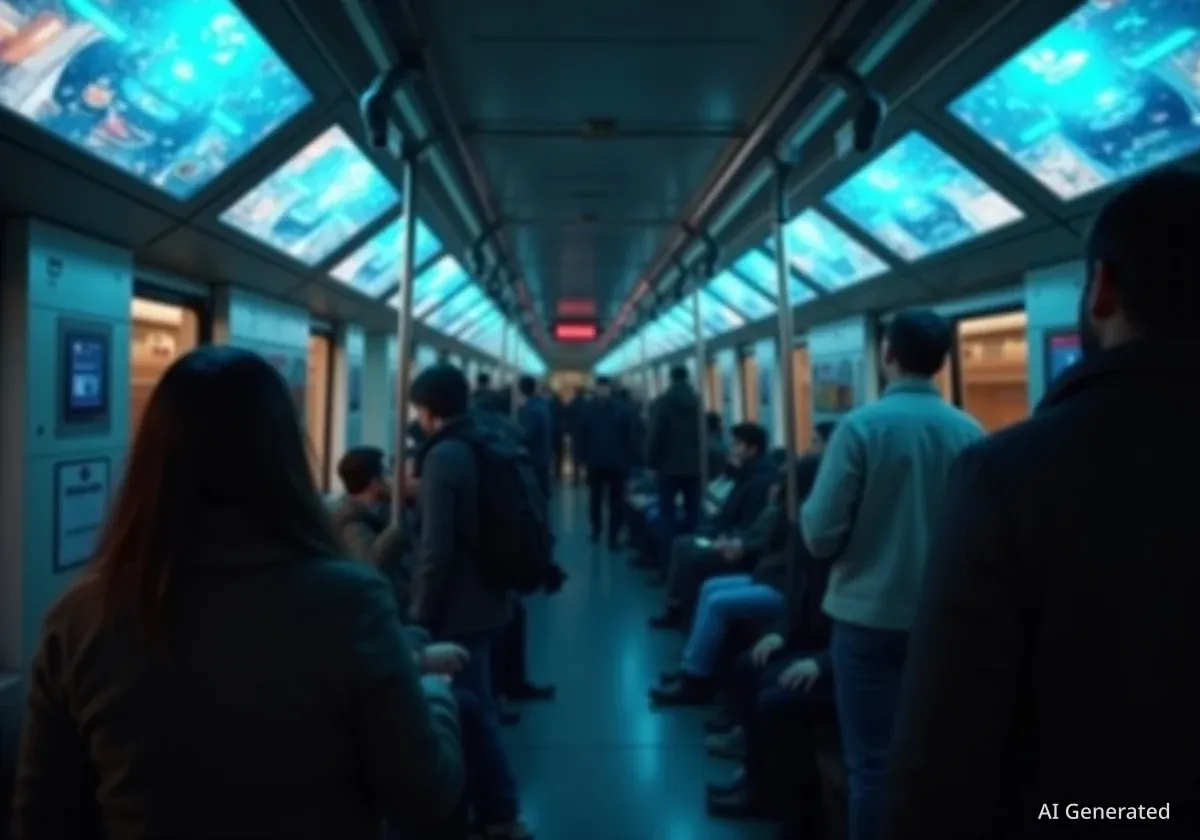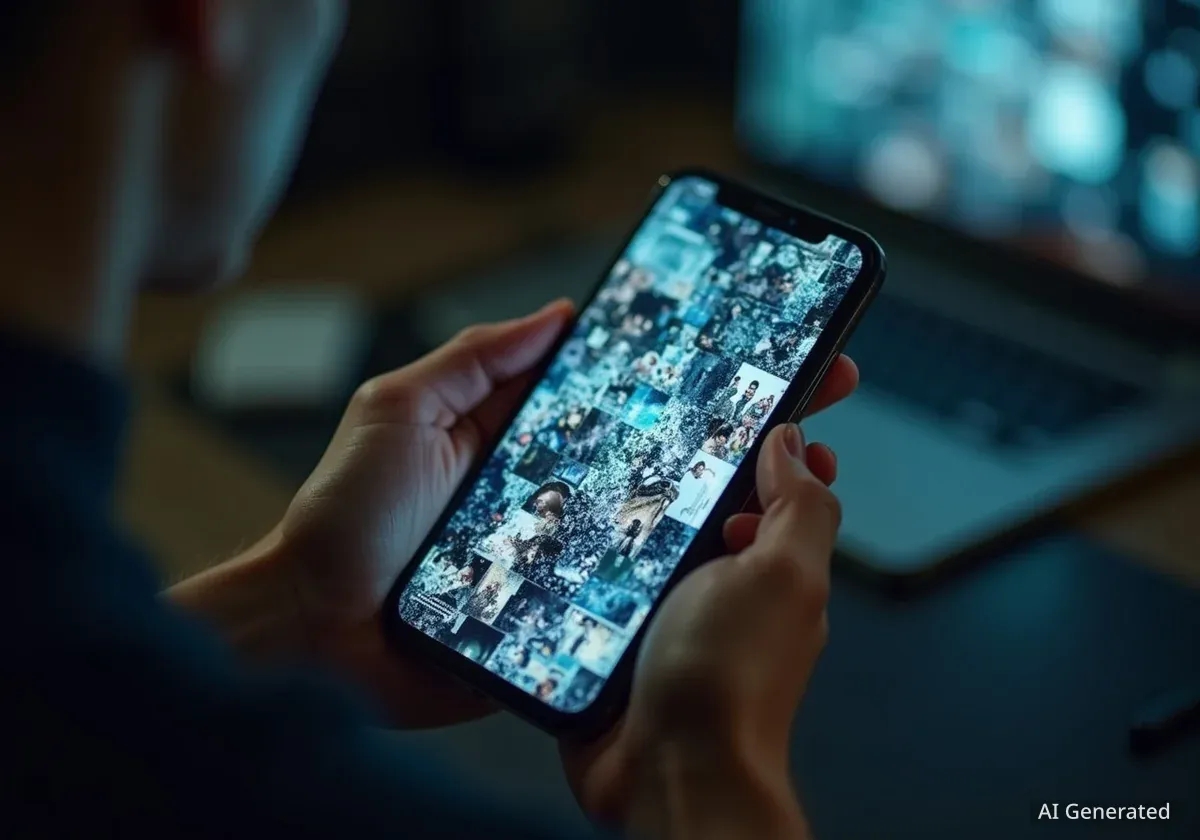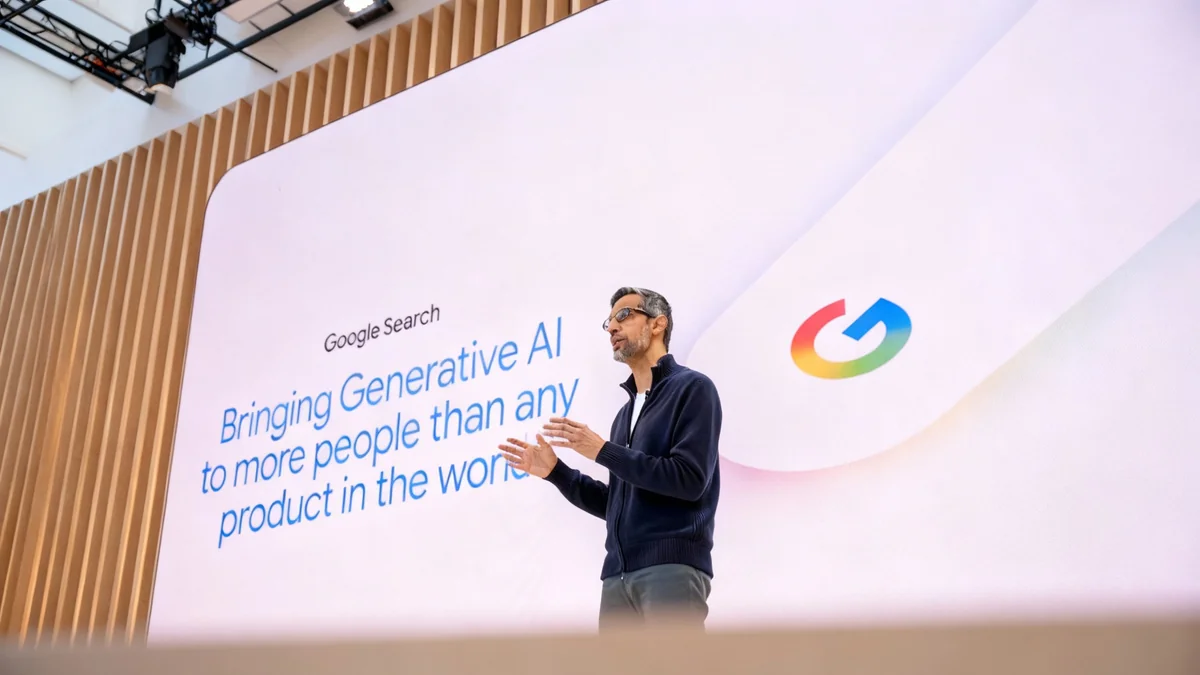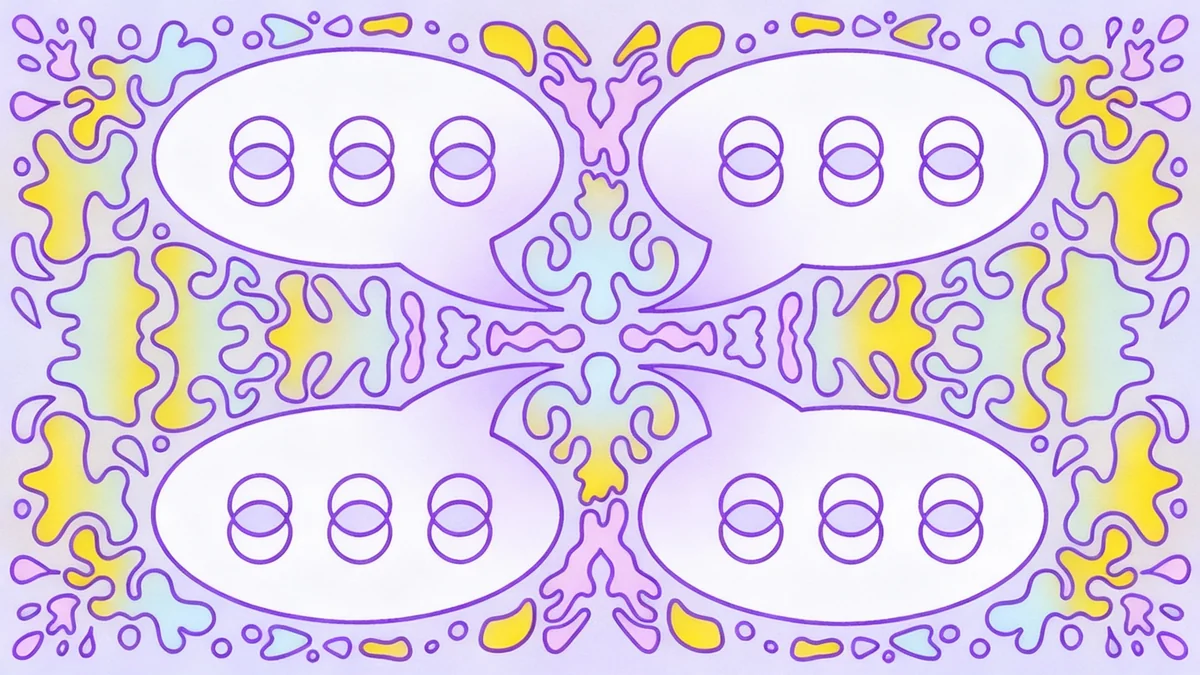San Francisco's public transit system has become a moving billboard for the artificial intelligence industry, with advertisements for specialized AI products now blanketing buses and subway stations. This widespread campaign highlights a significant economic and cultural shift in the city, where the language of technology is increasingly visible in everyday life, often in terms that are obscure to the general public.
The proliferation of these technical advertisements, from AI-powered coding tools to complex data compliance services, signals the deepening integration of the AI sector into the city's core identity. This transformation is reshaping the visual landscape of San Francisco, reflecting its role as a global hub for technological innovation while also creating a distinct cultural divide between tech insiders and other residents.
Key Takeaways
- Advertisements for specialized artificial intelligence companies now dominate San Francisco's public transit, including Muni buses and subway stations.
- The ads frequently use technical jargon related to coding, data compliance, and enterprise software, making them largely incomprehensible to a general audience.
- This advertising trend reflects a major economic pivot in the city, with AI solidifying its position as a dominant local industry.
- The high-tech messaging often contrasts with the city's aging public infrastructure, such as non-functional escalators in the same stations where ads are displayed.
A City Wrapped in Tech Jargon
Visitors and long-time residents of San Francisco are increasingly encountering a new form of public messaging. The city's Muni buses and subway cars are covered in advertisements that promote highly specific artificial intelligence services. These are not ads for mainstream consumer tech, but for niche, business-focused tools that speak a language understood by a select group of professionals.
For instance, ads for a service named "Code Rabbit" have appeared on the side of the 14-Mission bus, warning passersby about the challenges of "AI code reviews." Another company, Delve, has taken over entire subway stations, such as the Montgomery Street Muni Metro station. Pillars and walls are covered with messages like, “Before you even know what HIPAA stands for, it’s done,” a reference to complex healthcare data regulations.
This level of advertising saturation suggests significant investment from these tech companies. Yet, the messaging is so specialized that it can be alienating. A bus shelter ad on Mission Street displayed a cable car image with the slogan, “Commute in, backlog out.” For those not versed in software development or project management terminology, the meaning is entirely lost.
The Audience for the Ads
The target audience for these campaigns is not the general public but the highly skilled and well-compensated workforce of the tech industry. San Francisco remains a key center for software engineers, data scientists, and venture capitalists. The ads serve as a direct communication channel within this ecosystem, aiming to attract talent and enterprise customers who understand the specific problems these AI tools are designed to solve.
The New Economic Landscape
The dominance of AI advertising is more than a visual curiosity; it is a clear indicator of San Francisco's evolving economy. While the city has long been a tech hub, the focus has sharpened intensely on artificial intelligence. This sector is now a primary driver of commercial real estate, venture capital investment, and employment in the region.
The physical presence of these companies is transforming the city's urban core. The Financial District, once known as the "Wall Street of the West," is now home to a growing number of AI startups and established tech giants. Historic office towers, such as the 43-story building at 44 Montgomery Street, which was the tallest west of Dallas when it opened in 1967, now house companies at the forefront of this new technological wave.
This economic reinvention comes as the city navigates post-pandemic realities, including shifts in remote work and changes in downtown foot traffic. The AI boom represents a powerful new force shaping the city's future, attracting a new generation of workers and redefining its business culture.
An Industry in Focus
According to recent market analyses, the Bay Area continues to be a global leader in AI-related venture capital funding, attracting billions of dollars annually. This investment fuels the growth of companies like those advertising on public transit, allowing them to compete aggressively for market share and talent.
A Tale of Two Cities
The rise of high-tech messaging creates a noticeable contrast with aspects of the city's physical infrastructure. At the same Montgomery Street station where sophisticated AI ads promise seamless efficiency, a public escalator leading to the street level may be out of service. This juxtaposition highlights a recurring theme in San Francisco: a city of futuristic innovation coexisting with the mundane challenges of urban maintenance.
This dynamic is also reflected in the city's social fabric. While the new tech economy thrives, other aspects of San Francisco's identity persist. On a recent weekday, a small protest was observed on Montgomery Street, with a participant holding a simple cardboard sign that read, "Resist." The quiet demonstration stood in stark contrast to the large-scale protests that have defined the city's political history, perhaps indicating a shift in public focus or energy.
"The city seems to have reinvented itself in the new language of artificial intelligence, mixed in with San Francisco’s own style," observed one local commentator, reflecting on the blend of old and new influences shaping the urban experience.
This blend is visible on any bus ride through the city. A vehicle wrapped in ads for AI coding tools travels through historic neighborhoods like Chinatown and Nob Hill, picking up a diverse mix of passengers at every stop. The challenge for San Francisco is to integrate this new, highly specialized world of technology with the diverse, multifaceted character of the city that has existed for generations.
The Italian author Giuseppe Tomasi di Lampedusa wrote in his novel "The Leopard" about navigating periods of profound change: "If we want things to stay as they are, things will have to change." This sentiment resonates deeply in a city that is once again undergoing a fundamental transformation, driven by the powerful and often inscrutable forces of artificial intelligence.





